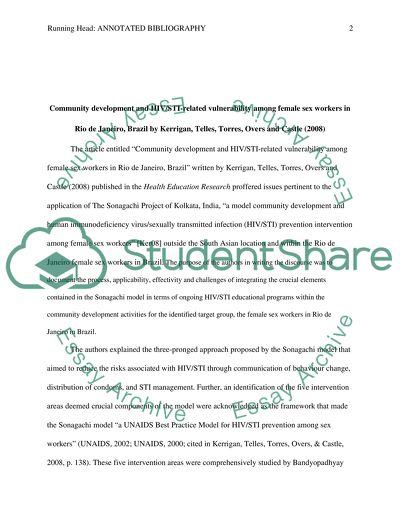Cite this document
(“Community development and HIV/STI-relatedvulnerability among female Assignment”, n.d.)
Retrieved de https://studentshare.org/health-sciences-medicine/1391512-annotated-bibliography
Retrieved de https://studentshare.org/health-sciences-medicine/1391512-annotated-bibliography
(Community Development and HIV/STI-Relatedvulnerability Among Female Assignment)
https://studentshare.org/health-sciences-medicine/1391512-annotated-bibliography.
https://studentshare.org/health-sciences-medicine/1391512-annotated-bibliography.
“Community Development and HIV/STI-Relatedvulnerability Among Female Assignment”, n.d. https://studentshare.org/health-sciences-medicine/1391512-annotated-bibliography.


